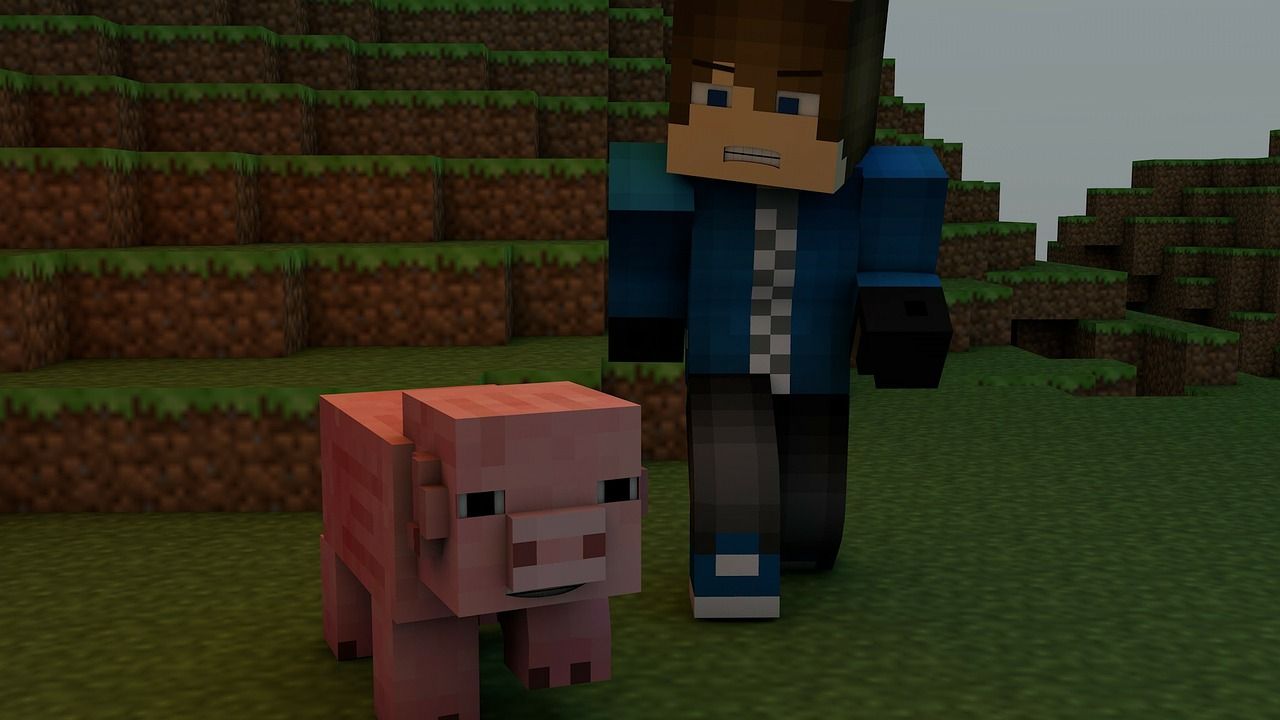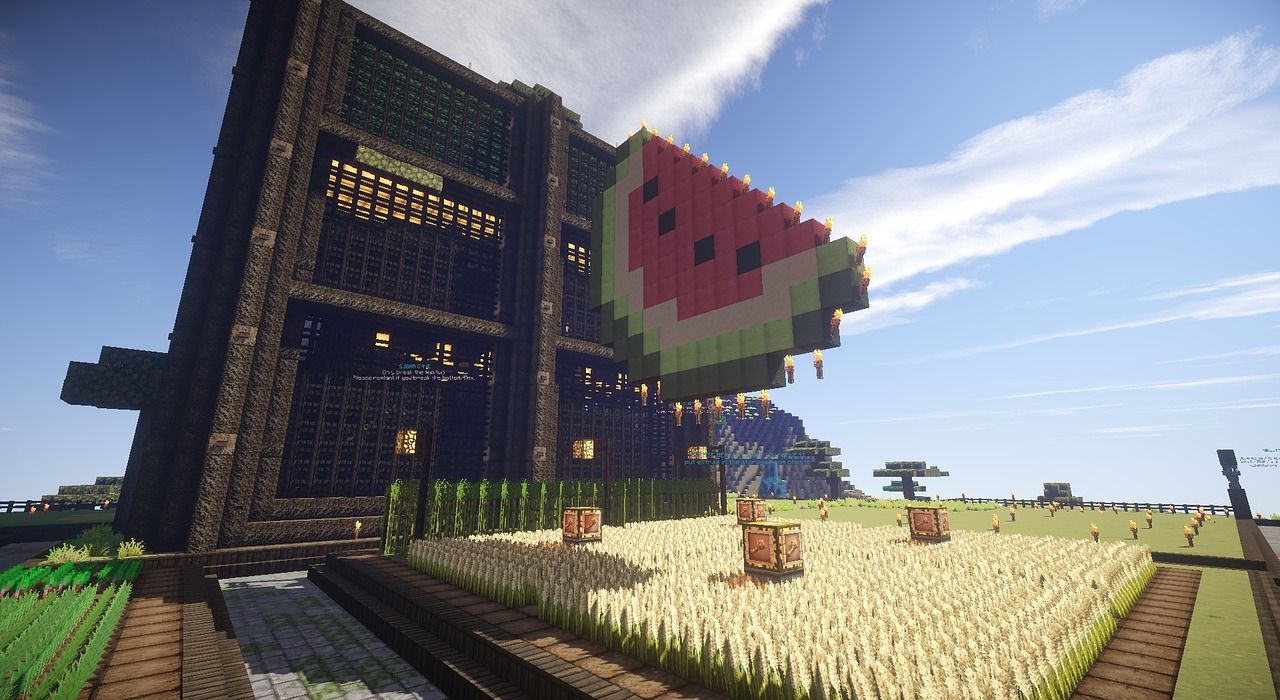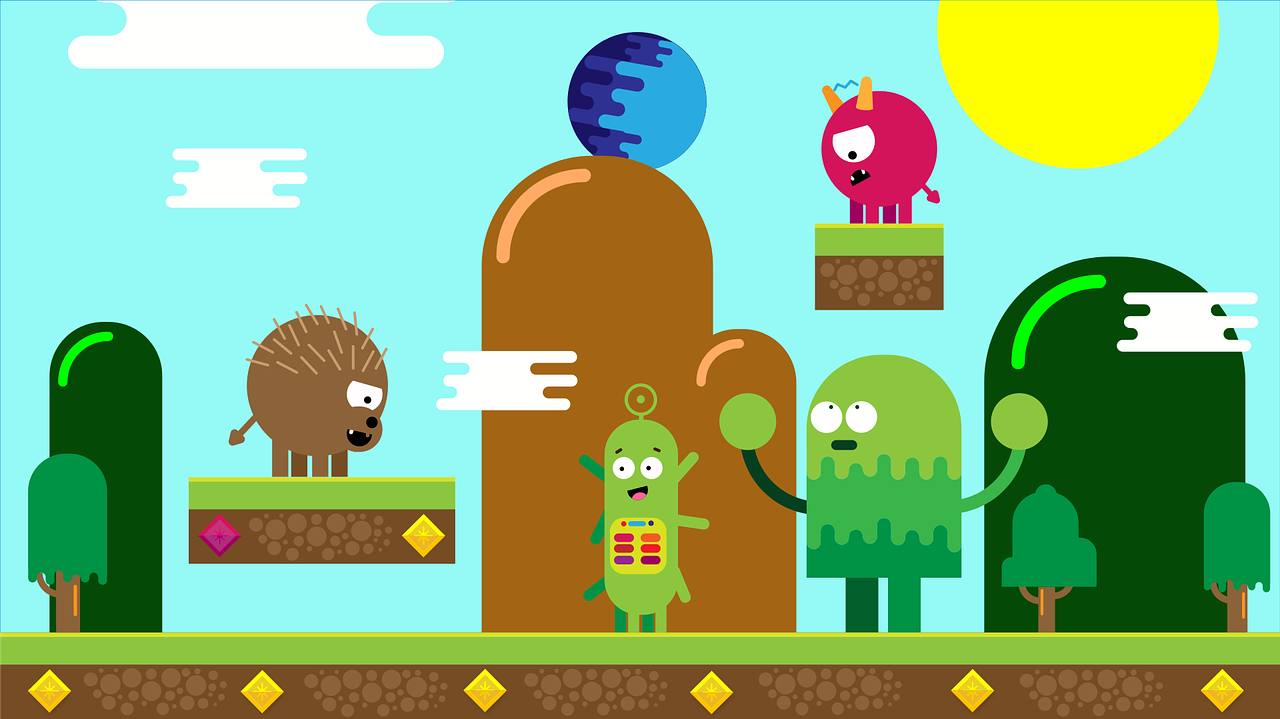Industry veterans and GameDev.tv’s Rick Davidson & Tim Ruswick* get together to take a deep dive into game design.
Game design’s a large part of game development. This deep dive will go into more detail about how to make your game more compelling, thoughtful and interesting.
(*Rick has more than 14 years experience in the game dev industry, working on IP's that include Mario, Transformers, Captain America and Mortal Kombat. He's done it all, from Game Designer, Producer, Creative Director and Executive Producer to GameDev.tv's very own Instructor extraordinaire. Tim Ruswick is a successful YouTuber and indie dev, who's created more than 30 games in the last 5 years (wow!), and joined GameDev.tv as our marketing monster).
Listen to the whole chat here: https://www.youtube.com/watch?v=5ndM-KVI9GM
Our 'AHA' moments
- Some games don’t need win/loss conditions
- Rick draws his name as a town…
- Use a spreadsheet to brain dump information before making a game
- Rick’s definition of what a game actually is

Turning A Game Mechanic Into A Game (3:44 - 6:01)
Sometimes you’ll have a cool tech demo or game mechanic that you want people to play, but you don’t want them to get bored after 10 minutes because there are no objectives.
Games like Townscaper don’t have any real objectives or end game, it’s more about having fun while building your own little town. However, once you start adding objectives, the experience suddenly becomes a game as the player is required to chase down certain parameters to achieve the objective.
Try turning your cool tech demo or game mechanic into an actual game with objectives and challenges for the players to complete, this’ll be more rewarding for the player and they’re more likely to invest their time into the experience.
How To Visualise Your Game Approach (36:41 - 40:47)
You’ve got a great idea about making a certain game, you know a thing or two about the game engine you’re using but you don’t know where to get started or how to visualise it.
Tim likes to start with a spreadsheet and dump a bunch of ideas into it. Even though you know you’ll cut about two-thirds of the ideas, it gives you a solid base to build from. He then creates a mindmap, thinking about how different elements and features of a game will interact with each other. Think a lot about the opening 5 minutes of your game, this'll be where people decide whether to stick around or move on to another game.
To summarise, start with a spreadsheet, then a mindmap and then implement it into the game and tweak based on how it feels.
Definition Of What A Game Is (52:11 - 54:19)
Rick believes that there is ‘play’ and there is ‘game’. Play is an enjoyable activity with no rules or outcomes, you’re literally just playing around. Once an objective is added, it becomes a game.
Some examples of this are kicking a ball around, this is just playing. But when you decide to kick the ball 10 times in a row, that becomes a game.
Or you’re throwing rocks into a pond, this is playing, then you add in the objective to hit the big boulder in the middle of the pond, this is when it becomes a game.

We hope this game design deep dive helps you have a better understanding of the approaches you need to take when designing your game.
Check us out on social media
https://www.facebook.com/GameDevTV
https://twitter.com/GameDevTV
https://www.instagram.com/gamedev.tv/
Remember, we host live develogy livecasts every Tuesday at 10pm BST on our YouTube channel. You can catch all the recordings, including this episode, in the Devology Livecast course - it's free to join, and also on our YouTube Channel.
Until next time, happy dev'ing!

